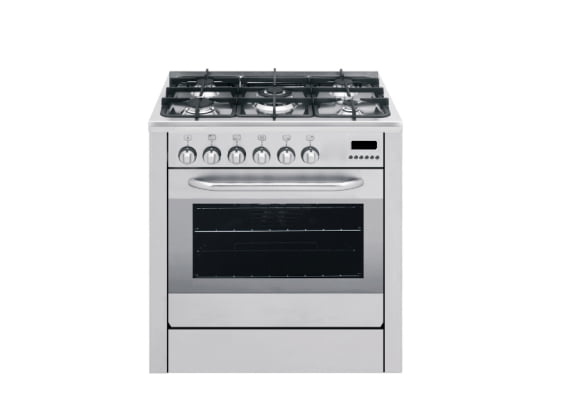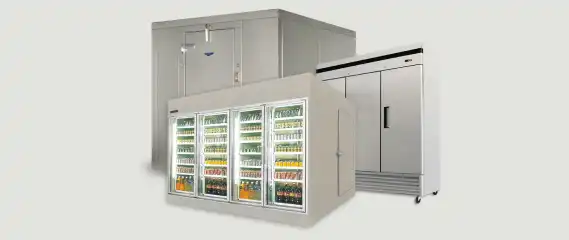FastAid is a trusted provider of range installation services in Charlotte, NC. We are committed to delivering top-notch installation services to our customers, ensuring their satisfaction and peace of mind. Our team of experienced technicians is well-versed in the intricacies of range installation, including electrical and gas connections.
When you choose FastAid for your range installation needs, you can expect meticulous attention to detail and adherence to safety standards. We take pride in our work and strive to exceed your expectations, ensuring that your range is installed correctly and functions optimally. With FastAid, you can enjoy the convenience and efficiency of a professionally installed range in your kitchen.

Range installation involves several important considerations to ensure a successful and safe setup. It is crucial to evaluate the electrical or gas connections required for your range and ensure that they meet the necessary specifications. FastAid's professional technicians have the expertise to handle both electric and gas range installations, ensuring proper connections and compliance with local codes and regulations.
In addition to the connections, the location and positioning of the range are essential factors to consider. Our technicians can assess your kitchen layout and guide you on the optimal placement of your range, considering factors such as ventilation, clearance, and accessibility.
FastAid's range installation services also encompass leveling the range, securing it in place, and performing thorough testing to ensure everything functions correctly. We prioritize safety and precision in every installation project we undertake.
In conclusion, if you're in need of range installation services in Charlotte, NC, FastAid Appliance Installation is here to assist you. Our skilled technicians will handle your range installation with expertise and attention to detail, ensuring a seamless and efficient setup process. Contact us today for reliable and professional range installation services.


Proper ventilation is essential for a range installation, especially if it is a gas range. Ventilation helps to remove cooking byproducts and odors, improves air quality, and prevents the accumulation of moisture and grease. A professional installer can recommend the appropriate ventilation system for your range.
The installation location of a range may be limited by factors such as the availability of gas or electrical connections, ventilation requirements, and clearances specified by the manufacturer and local codes. A professional installer can help determine the best location for your range installation.
Safety is paramount during a range installation. It is crucial to follow all manufacturer instructions and local building codes. Gas connections should be properly sealed and checked for leaks, and electrical connections should be handled by a licensed electrician.
In some cases, existing gas or electrical connections can be reused for a new range installation. However, it is important to have a professional installer inspect the connections to ensure they meet the necessary safety standards and are compatible with the new range.
The specific requirements for additional parts or accessories may vary depending on the type of range being installed and the existing setup in your kitchen. It is best to consult with a professional installer who can assess your needs and provide any necessary recommendations.
The duration of a range installation can vary depending on factors such as the complexity of the installation, any necessary modifications to the kitchen, and the type of range being installed. On average, a range installation can take a few hours to complete.
While it is possible to install a range by yourself, it is recommended to hire a professional for safety and proper installation. A professional installer has the expertise and knowledge to handle gas and electrical connections and ensure the range is installed correctly.
A range installation typically includes connecting the range to the gas or electrical supply, ensuring proper ventilation, and securing it in place. It may also involve adjusting the leveling of the range and testing its functionality.
